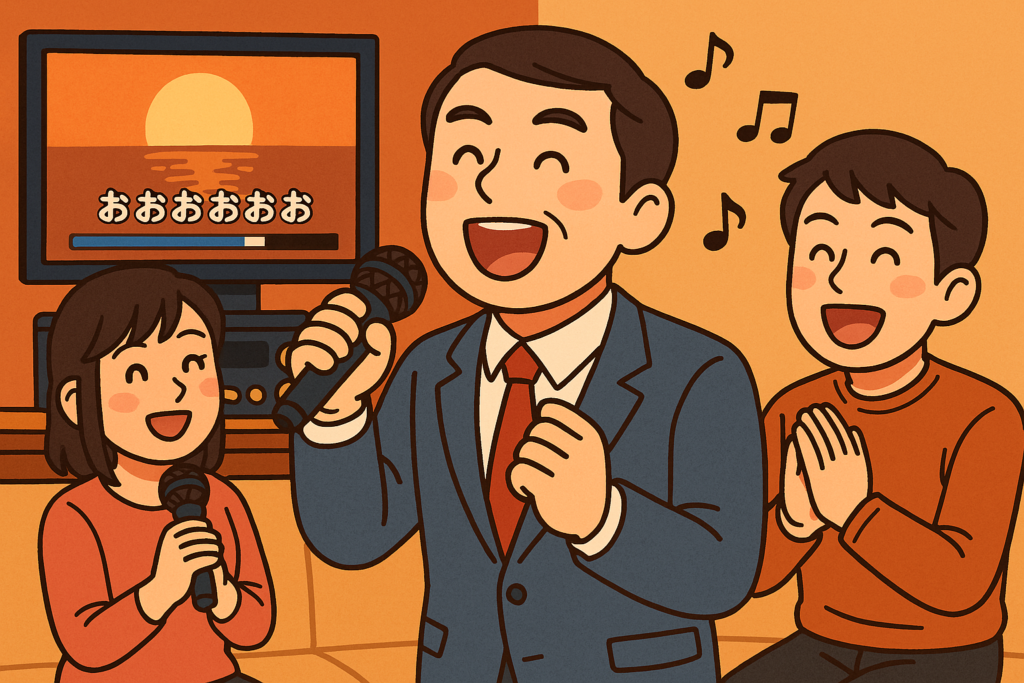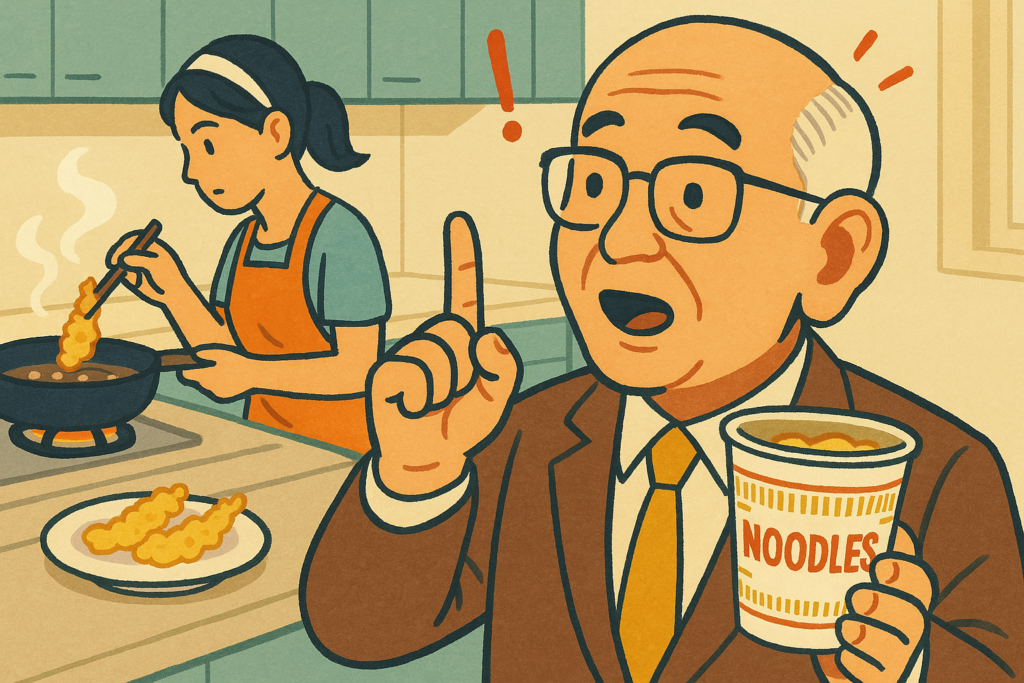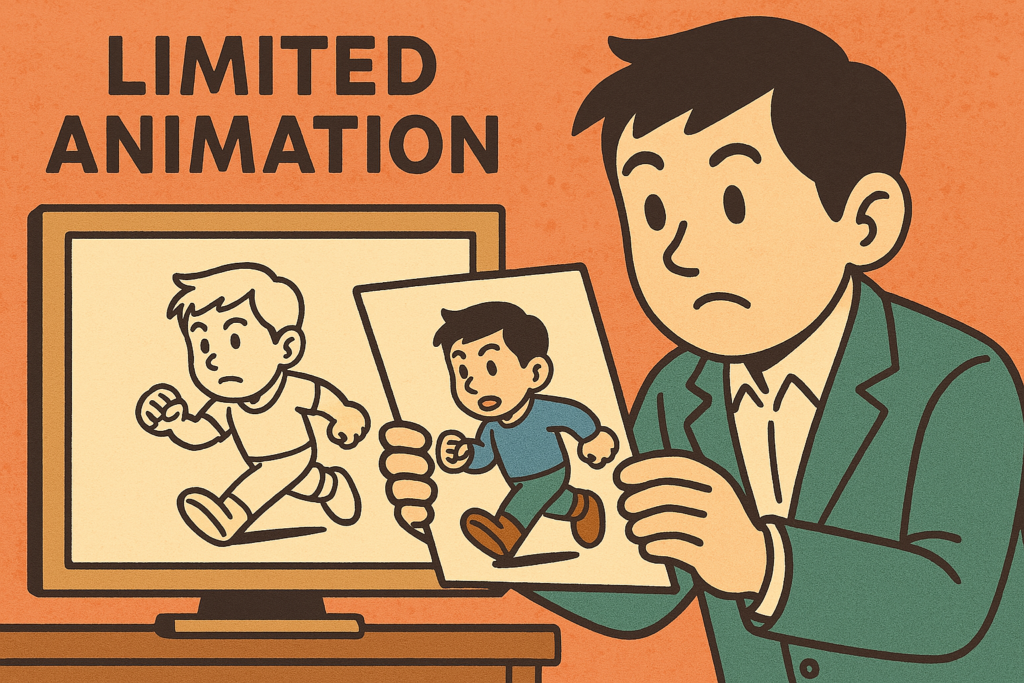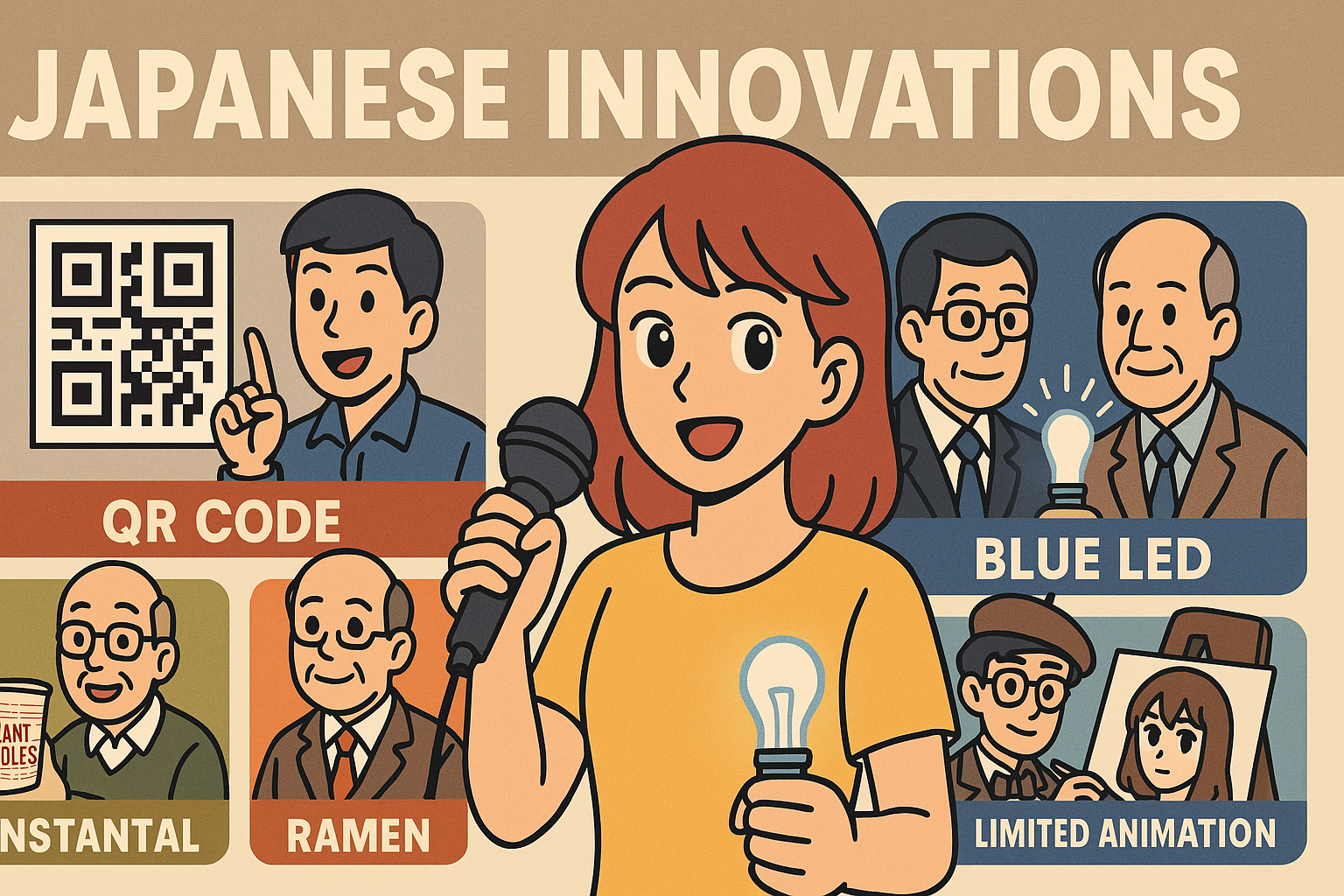Many of the technologies we use every day without a second thought were actually invented in Japan.
Behind these inventions are not just brilliant ideas, but also determination, resourcefulness, and sometimes even lucky accidents.
In this article, we’ll take a deep dive into five globally influential innovations that originated in Japan, and explore the stories behind their creation.
1. QR Codes: Inspired by a Game of Go

QR codes are now everywhere—from digital payments and tickets to restaurant menus and product packaging.
But did you know they were invented in Japan in 1994 by engineer Masahiro Hara at Denso Wave, a subsidiary of Toyota?
At the time, auto parts factories relied on barcodes for inventory, but barcodes had two big problems: they held very little data, and scanners struggled if the code was tilted.
Hara wanted to create a code that could store more information and be read instantly from any angle. His inspiration? The Japanese board game Go.
In Go, even if a stone is slightly off its grid, players can easily tell where it is based on its position relative to surrounding stones.
Hara realized this concept could be applied to a code—if the scanner knew the code’s orientation and alignment, it could still read the data accurately.
This led to the development of the square, grid-like QR (Quick Response) code, with large markers in three corners to help scanners locate and read the code at high speed—even if it’s dirty or partially damaged.
Crucially, Denso Wave made the patent open and royalty-free, allowing the technology to spread globally.
Today, QR codes are an essential part of digital infrastructure around the world.
2. The Blue LED: Turning “Impossible” Into Light

For years, red and green LEDs existed, but blue LEDs were considered impossible. Without blue, it wasn’t possible to create energy-efficient white LED lighting.
Two Japanese researchers, Isamu Akasaki and Hiroshi Amano, spent years developing high-quality gallium nitride (GaN) crystals—essential for producing blue light.
One breakthrough came from an unexpected source: Amano decided to run an experiment even though the equipment was malfunctioning—and it worked. That “failed” test actually became the key to success.
Meanwhile, Shuji Nakamura at Nichia, a small company in rural Japan, was independently working on the same challenge. He built much of his equipment by hand and, in 1993, succeeded in producing the world’s first commercially viable high-brightness blue LED.
Thanks to their combined efforts, energy-saving white LED lighting became a reality, replacing incandescent and fluorescent bulbs worldwide.
In 2014, the three researchers were awarded the Nobel Prize in Physics for their invention, which has since become the standard in lighting for homes, phones, cars, and more.
3. Karaoke: From Backup Music to Global Entertainment

Karaoke, now a beloved pastime around the world, was born in Japan in the early 1970s.
Its inventor, Daisuke Inoue, was a musician who performed live accompaniment for singers at parties and company banquets.
But one day, he couldn’t make it to an event. Instead, he recorded the backing track on tape and sent it in his place.
To his surprise, the guests still had a great time singing—without a live musician.
This led to a revelation: people don’t need a live performance—they just want to sing.
Inoue built a machine combining a tape player, microphone, speaker, and coin slot. He called it the “8-Juke”, and rented it out to local bars. Customers would insert coins to sing along to pre-recorded tracks.
It was an instant hit. Singing became accessible, casual, and social.
Even more remarkably, Inoue never patented his invention. He said he was simply happy to bring joy to people.
Today, “karaoke” is a global word, and the concept lives on in everything from karaoke bars and home systems to mobile apps.
Inoue was later honored by TIME Magazine and awarded the Ig Nobel Peace Prize for “providing a new way for people to learn to tolerate each other.”
4. Instant Ramen: Fried Noodles That Fed the World

In postwar Japan, food was scarce. That’s when Momofuku Ando, founder of Nissin Foods, decided to create a meal that was cheap, convenient, and could be prepared with just hot water.
He worked alone in a small shed behind his house, trying to figure out how to dry noodles while keeping them tasty and quick to cook.
After countless failures, inspiration struck while watching his wife make tempura.
He noticed that hot oil quickly drove moisture out of the batter, creating a crisp texture full of tiny holes.
He applied this to noodles, inventing the “flash-frying” method—deep-frying the noodles to remove water and create a structure that reabsorbs hot water instantly.
In 1958, he released Chikin Ramen, the world’s first instant noodle.
Later, in 1971, after seeing Americans eat ramen out of paper cups with forks, Ando invented the Cup Noodles we know today.
Instant noodles went on to become a global staple, with over 100 billion servings eaten each year, including in space and disaster relief efforts.
5. Japanese Animation Techniques: Creativity Born from Constraints

Today, Japanese anime is world-famous. But it was shaped not just by art, but by technical and budget limitations.
In 1963, Osamu Tezuka, the “father of manga,” created Astro Boy, the first major Japanese TV anime.
But he faced a huge challenge: the budget was tiny, and he had to produce weekly episodes for television.
His solution? Limited animation.
Instead of drawing every frame (like Disney), Tezuka’s team reused backgrounds, reduced the number of moving parts per scene, and focused on emotional expression, dramatic pauses (“ma”), and symbolic motion.
This allowed studios to produce quality anime efficiently, paving the way for an entire industry.
The style not only became a Japanese hallmark but influenced animation worldwide.
Today’s hits like Demon Slayer, Evangelion, and Studio Ghibli films all carry the DNA of these early innovations.
Conclusion: All of This Was Born in Japan
QR codes, blue LEDs, karaoke, instant noodles, and limited animation.
They all have one thing in common: they were invented in Japan.
Each emerged from necessity, creativity, and a deep desire to improve life—whether in a factory, a kitchen, a lab, or a karaoke bar.
These inventions may seem ordinary now, but each one has reshaped how we live, communicate, eat, and entertain ourselves.
So the next time you scan a QR code or eat instant noodles, remember—you’re using a bit of Japanese ingenuity that quietly changed the world.
Recommended Articles







Comments